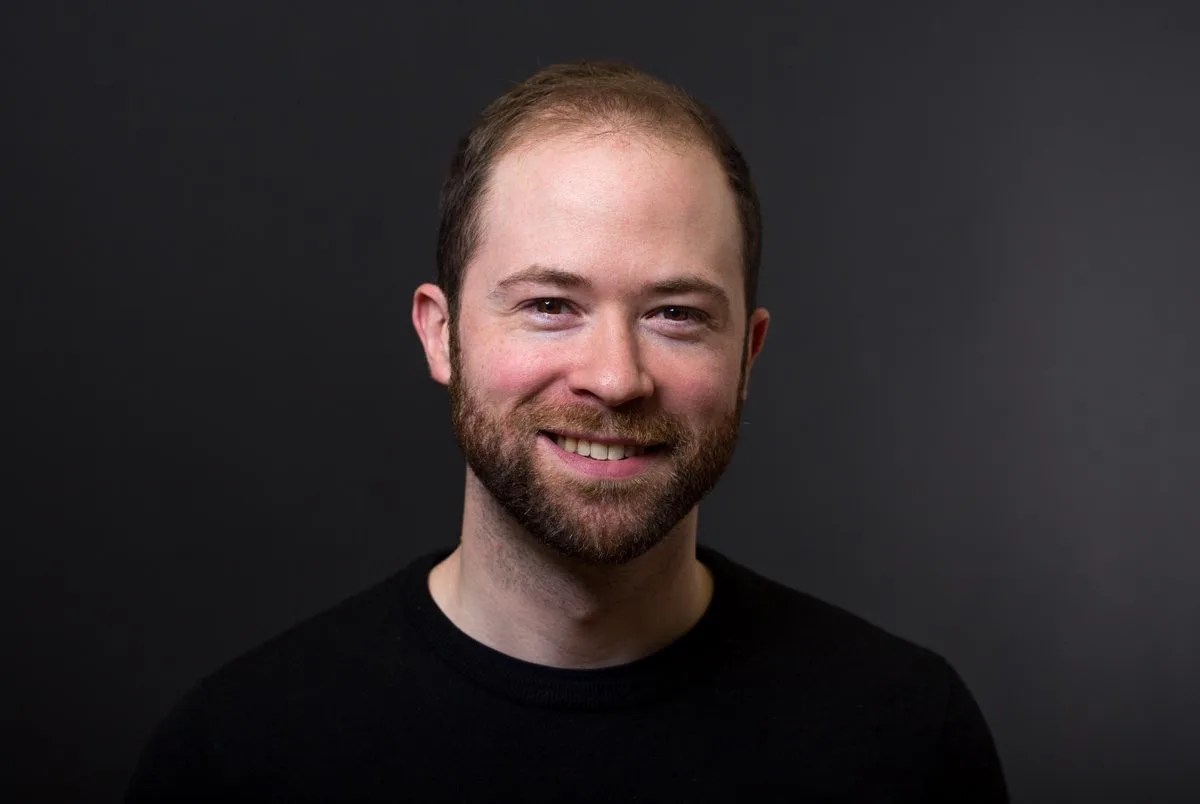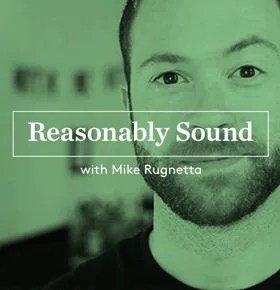I can’t listen to Mike Rugnetta’s podcast in the subway. I tell him this, and he’s gleeful; I’m not the first person to say so. It’s too easy to miss a transfer on one of his many trains of thought when you’re making literal transfers, and constant distraction naturally detracts from a program meant to make you question everything your ears take for granted. It feels like nodding off in the middle of an important lecture from a favorite teacher.
Reasonably Sound, Rugnetta’s first foray into podcasts, just recently capped off its first season and will be resuming mid-March with renewed creative vigor by way of Patreon-sourced direct fan support. Each episode revolves around some topic related to sound: the magic of the dance-music beat-drop; the difference between screaming and shouting; onomatopoeias in comic books. Anyone familiar with Idea Channel, Rugnetta’s YouTube series four years running, will feel right at home. He still crams more disparate concepts and facts into five minutes than most thinkpieces manage over a thousand words, all in his characteristically chipper tone. And the intent remains, as always, to encourage the audience to completely rethink the familiar.
That said, Reasonably Sound is a digression from his video work. Where Idea Channel reads more like a hyperkinetic thesis defense — Rugnetta proposes an idea, then spends the rest of the video building out an argument for it, sourced from academia, social and traditional media, other YouTubers and more, with visual aids in the form of gifs, memes and original animations — each episode of Reasonably Sound is a composition.
“I tend to think of the show more like, ‘I’m gonna sit down and write a piece of music, and it’s also gonna contain information,’” says Rugnetta. The general format: four acts, which “usually get more specific and more theoretical as you go — except when they take digressions, which are announced with music. We’re gonna stop going down the path we’re going and go somewhere else for a second.”
Each episode of ‘Reasonably Sound’ is a composition.
The 30-minute format of a podcast gives Rugnetta the leeway to drift between tangents as he pleases — a more limited luxury in his videos — but it also gives him the freedom to ditch his template entirely. There’s an episode about white noise, recorded on a beach in Cape Cod, underscored only by the waves. Another episode is “a pastiche of readings from Theodor W. Adorno, Gawker, Taylor Swift’s Tumblr, Fashionista, Noisey, NME and Pitchfork.” There’s no formal introduction; classical piano fades in and floats in the distance, Rugnetta begins reading, and thirty minutes pass. The bits that stick with you are your pearls to keep. It’s a side that most fans of Rugnetta’s streamlined, hyperfocused videos probably haven’t seen till now.
“The sort of energy that goes into Idea Channel is appropriate for Idea Channel,” he says. “One of the things I always say about it is that it’s really important that I’m super excited about what I’m talking about.” He compares it to being at a concert and seeing an opening band you’ve never heard of, who nonetheless manage to get you pumped. “I really want that to happen because a lot of the concepts are so complicated. …Whereas Reasonably Sound… it’s not about that infectious excitement and speed. It’s much more about, ‘Oh! This is interesting. Let’s try to take it apart and take our time with it, and look at all these parts from different angles.’”

